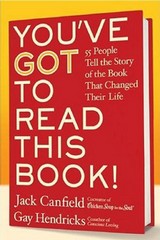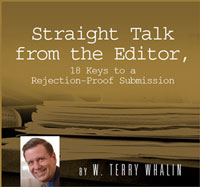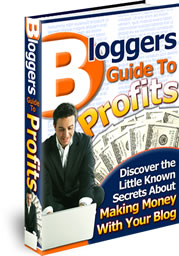Boost Your Determination
I don’t know about you, but I find it really easy to get rejected. As an editor, I regularly dish out those rejection letters. I take no pleasure in sending them and I know it’s business. At the same time, I’m keenly aware the writer has poured their heart and soul into the submission (at least that’s the hope) and my form rejection letter will not be what they want to hear from me. It’s small consolation but I try and process my manuscripts with professionalism and an actual response. Many times the editor never responds or responds months after the submission. As an editor, I attempt to be polite and relatively painless saying “Not right for my publishing house.” Hopefully the writer can note the consideration and move ahead to locate a champion. I say “hopefully” because I know some writers are going to get stalled and possibly not submit their material for a period of time. Whether we like it or not, rejection is a key part of the business of publishing and it’s here to stay.
How do you boost your determination and belief in yourself and find the courage to continue? I’m going to recommend an out-of-the-ordinary resource for you. This spring at the Erma Bombeck Writers’ Workshop at the University of Dayton, I met Jodie Lynn who is an international syndicated parent/family columnist. Like most writers’ conferences, for anyone teaching, they seem to pass in a blur of running from one event to another. I sat beside Jodie at the autograph session and got a chance to get acquainted. The majority of the crowd was stuck in a huge line for bestselling humorist Dave Barry, who was only at the conference for his opening address and the autograph signing. I believe you get the picture: Jodie and I had plenty of time to talk.
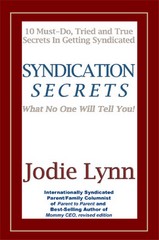 Jodie’s book, Syndication Secrets, What No One Will Tell You! released at the conference. This book was perfect for the Erma Bombeck audience where people recall the millions of Bombeck readers through her syndicated newspaper column. I’ll admit I’ve never had any desire to have a syndicated column. Why? You have to steel yourself for tons of rejection because the people who can actually pull off a syndicated column and be successful are few and far between. Here’s what Jodie writes in her opening chapter called “Prepare for a Bumpy Ride.” “Prepare yourself for rejection. It may even happen over and over. You can compare the feat of achieving syndication to that of a high school athlete going on to play for a professional team. Something like one out of every 50,000 make it. Not only is that incredibly hard to swallow, but most syndicated columnists have other jobs just to make ends meet because the syndicate takes at least 40–60 percent from the sales of their column. It’s hard to make big bucks until you get popular enough to get numerous speaking engagements and/or offers for lucrative book or endorsement contracts.” How’s that for real encouragement? You maybe wondering but hang on here: Jodie includes 10 Must-Do, Tried and True Secrets of Getting Syndicated and her first one is: Believe in what you have to say. Now there is something I can get behind—and something that every writer (syndicated or not) needs to hear.
Jodie’s book, Syndication Secrets, What No One Will Tell You! released at the conference. This book was perfect for the Erma Bombeck audience where people recall the millions of Bombeck readers through her syndicated newspaper column. I’ll admit I’ve never had any desire to have a syndicated column. Why? You have to steel yourself for tons of rejection because the people who can actually pull off a syndicated column and be successful are few and far between. Here’s what Jodie writes in her opening chapter called “Prepare for a Bumpy Ride.” “Prepare yourself for rejection. It may even happen over and over. You can compare the feat of achieving syndication to that of a high school athlete going on to play for a professional team. Something like one out of every 50,000 make it. Not only is that incredibly hard to swallow, but most syndicated columnists have other jobs just to make ends meet because the syndicate takes at least 40–60 percent from the sales of their column. It’s hard to make big bucks until you get popular enough to get numerous speaking engagements and/or offers for lucrative book or endorsement contracts.” How’s that for real encouragement? You maybe wondering but hang on here: Jodie includes 10 Must-Do, Tried and True Secrets of Getting Syndicated and her first one is: Believe in what you have to say. Now there is something I can get behind—and something that every writer (syndicated or not) needs to hear.
The power in this book is the attitude and the professional teaching about not quitting in the face of rejection. Throughout this book, Jodie uses this phrase, “Never give up.” I love her sample phone script. She calls a newspaper editor and this editor repeatedly says no. Despite the words, Jodie teaches writers how to maintain a professional attitude—yet a dogged determination. She keeps looking for the champion until she finds one. I don’t care if you write novels or nonfiction books or book proposals or magazine articles or book reviews, you can learn from this book. I suspect it will be something to read and re-read when your determination as a writer needs a boost.
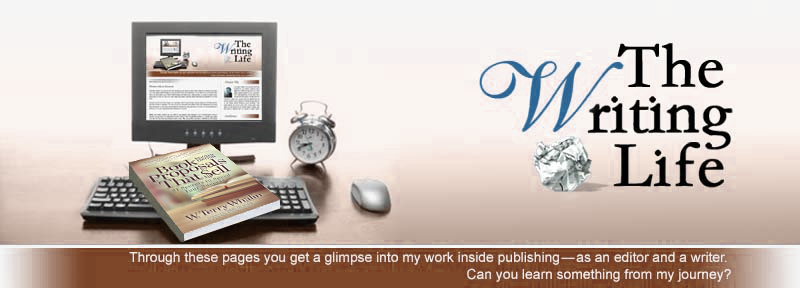

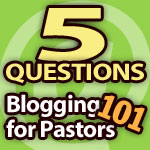
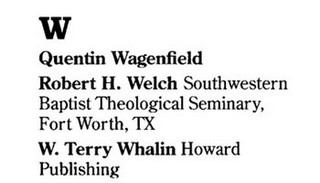 As a part of this pastor appreciation breakfast, each person (including me) was given a bag of books. After I got home, I sorted through these new books. One item was a “preview booklet” and a compilation from a well-known magazine who were joining forces with a Christian publisher. (I’m not going to include either in this entry so I can tell you the story.) I’m always interested to see who is contributing to such a volume. I knew most of the names on the cover of the book and I flipped over to the index. Like most writers, I checked to see if my own name appeared—and imagine my surprise when I found my name in the index.
As a part of this pastor appreciation breakfast, each person (including me) was given a bag of books. After I got home, I sorted through these new books. One item was a “preview booklet” and a compilation from a well-known magazine who were joining forces with a Christian publisher. (I’m not going to include either in this entry so I can tell you the story.) I’m always interested to see who is contributing to such a volume. I knew most of the names on the cover of the book and I flipped over to the index. Like most writers, I checked to see if my own name appeared—and imagine my surprise when I found my name in the index.  On Thursday, October 26th, I will be chatting for two hours at the Institute of Children’s Literature. The topic is
On Thursday, October 26th, I will be chatting for two hours at the Institute of Children’s Literature. The topic is 

 While I was at the
While I was at the 


